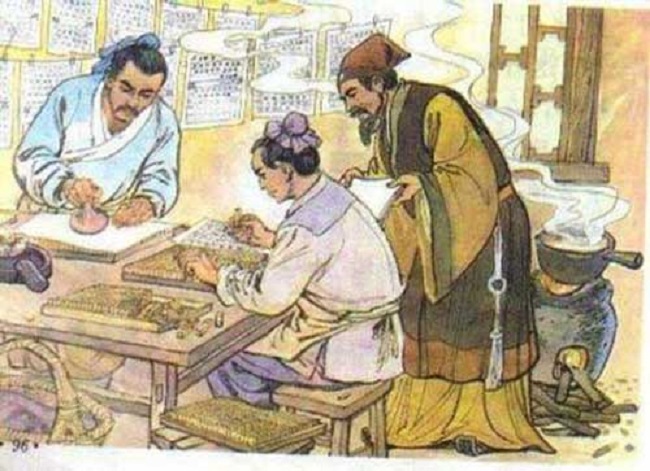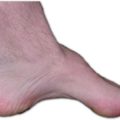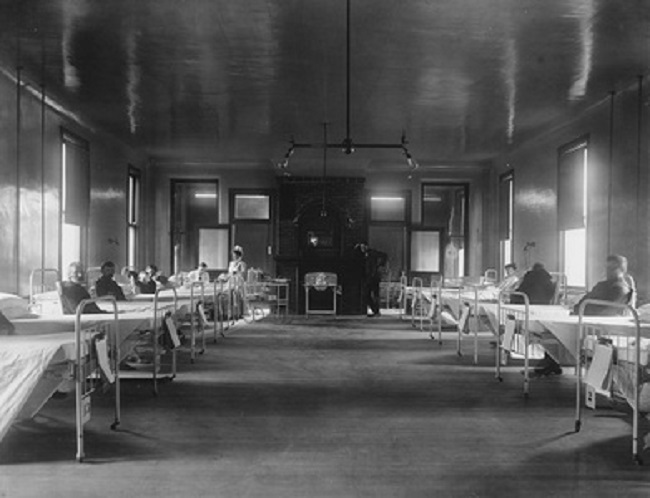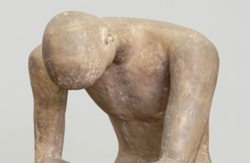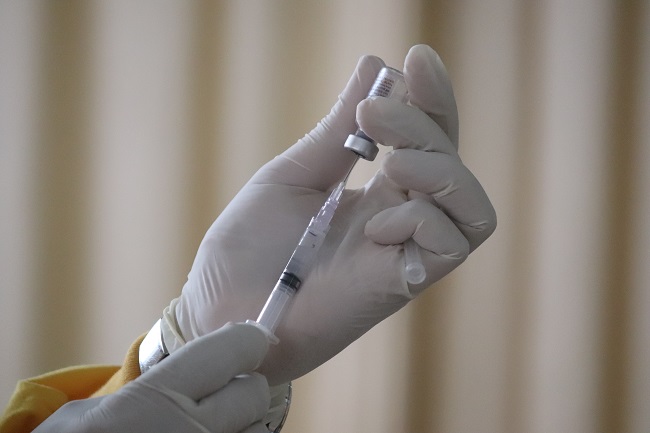Over recent weeks, I have been working on a paper involving thiamine deficiency diseases and have been looking into the historical descriptions. I was aware of the history emanating from Japan and the stories of Kanehiro Takaki, the Japanese naval medical officer who first connected the symptoms of beriberi to diet at the turn of the 20th century, and of the subsequent research that isolated the thiamine in the bran of the rice, which had been removed to make it appear more palatable. I was also well aware of the history of Wernicke’s and Korsakoff’s syndromes and the neuropsychiatric manifestations of alcohol-induced thiamine deficiency. Although, when the symptoms were first observed, they had not yet been connected to thiamine. What I wasn’t aware of was the long and rich history of writing about beriberi in China. There is some evidence that the recognition of beriberi dates back to 1st century China, although much of the writing on this topic has been lost and so it is difficult to confirm. Nevertheless, from the 7th century onward, beriberi in its various manifestations was written about extensively in medical texts. I thought I would share some of the descriptions here.
From the Legs to the Heart
The thiamine deficiency disease we call beriberi was called jiaoqi by Chinese physicians and was written about extensively from the 7th century onward both by independent physicians and in texts sponsored by the Chinese government. Jiaoqi, which means ‘leg-qi’, described the nerve, muscle, and/or circulatory (edema) related leg symptoms that would come to be associated with dry and wet beriberi respectively, centuries later.
What I found particularly interesting, was the recognition of both the subtle progression of symptoms and the variety of symptoms by which the illness could manifest. Beriberi, as it is currently described in western texts, is emblematic of the end stages of disease. For the Chinese, and for anyone who has read either our book or our articles published here on thiamine deficiency, the disease process begins years before. It is insidious in its trajectory and complicated in its presentation. The seventh century Chinese physicians recognized this.
When they get this illness, many people do not immediately feel it. Some first have no other disorder and then suddenly get [this one]; some contract it after suffering multiple other illnesses. In the beginning, the symptoms are trivial; the patient eats, drinks, and amuses himself the same as ever, and his physical strength is the same as before. At this time one must observe the illness carefully…
Its symptoms: numbness from the knee to the foot, sometimes aching, sometimes a creeping sensation like insects crawling around. In some cases, the area from the toes to the knee and calf is especially sensitive to cold. In some cases, the lower leg is bent and weak and [the patient] cannot walk. In some cases, the lower legs have slight swelling, extreme sensitivity to cold, or pain. In some cases [the lower legs] are relaxed and do not obey [the patient’s intentions], or twitch acutely. There are some whose condition is dire [yet] they can still eat and drink; [but] there are some who cannot eat, or who vomit upon seeing food and drink and can’t stand the smell of food. Some [patients] feel a thing like fingers, dispatched from the meaty part of the calf, which travels upward and attacks the qi of the heart system. Some have spasms over the entire body. Some have a serious fever and headache. Some people’s brains and hearts rush and throb [as though frightened], and they do not want to see light in the places where they sleep. Some patients have a bitter pain in their bellies and simultaneously have diarrhea; in some, their language is sloppy and error-filled and they easily forget or mistake things. Some have cloudy eyes and a confused aura. All of these are signs of the illness… When one first contracts this illness, one should treat it quickly. It is different from ordinary illnesses.
Japanese physicians, who followed many of the teachings of Chinese medicine, also wrote copiously about this disease through the 12th century and again from the 17th century onward. Only they called it kakke. Kakke is the phonetic equivalent of the Chinese word jiaoqi but means beriberi. Early Japanese researchers also noted that symptoms of kakke began in the legs with the ‘swollenness’ of the lower limbs first, followed by swelling in the abdomen and heart as it progressed indicating wet beriberi and the appearance of emaciation, dry skin, and lower abdomen numbness demarking dry beriberi. In both cases, it was recognized that if the disease process reached the organs, especially the heart (Shoshin) death was imminent.
Jumping continents and a few centuries, a Dutch physician in the East Indies wrote about the neuropathy, ataxia, muscle wasting, and general fatigue and malaise associated with beriberi and its onset associated with alcoholic intake.
The inhabitants of the East Indies are much afflicted with a troublesome disease they call Beriberii (a word signifying sheep). The disease has probably received this denomination on account of those who are seized with it, from a tottering of the knees, and particular manner of walking, exhibit to the fancy a representation of that animal… Among the chief symptoms of this disease is lassitude of the whole body. The motion and sensation, especially of the feet and hands are depraved; and for the most part, titillation is felt in the parts, familiar to what seizes them in cold countries in the winter; but with this difference, the sensation the Barbiers [a paralytic disease of the east thought to be beriberi] is more painful…In general, the disease invades slowly but upon drinking a large draught of Palma Indica when he is heated, the attack of it is sometimes extremely sudden…” pp. 1-3.
All of this has become part of what we now know to be thiamine deficiency-induced diseases. To think, these observations were made centuries ago and still hold today is quite remarkable.
We Need Your Help
More people than ever are reading Hormones Matter, a testament to the need for independent voices in health and medicine. We are not funded and accept limited advertising. Unlike many health sites, we don’t force you to purchase a subscription. We believe health information should be open to all. If you read Hormones Matter, like it, please help support it. Contribute now.
Yes, I would like to support Hormones Matter.
This article was published originally on July 21, 2021.
